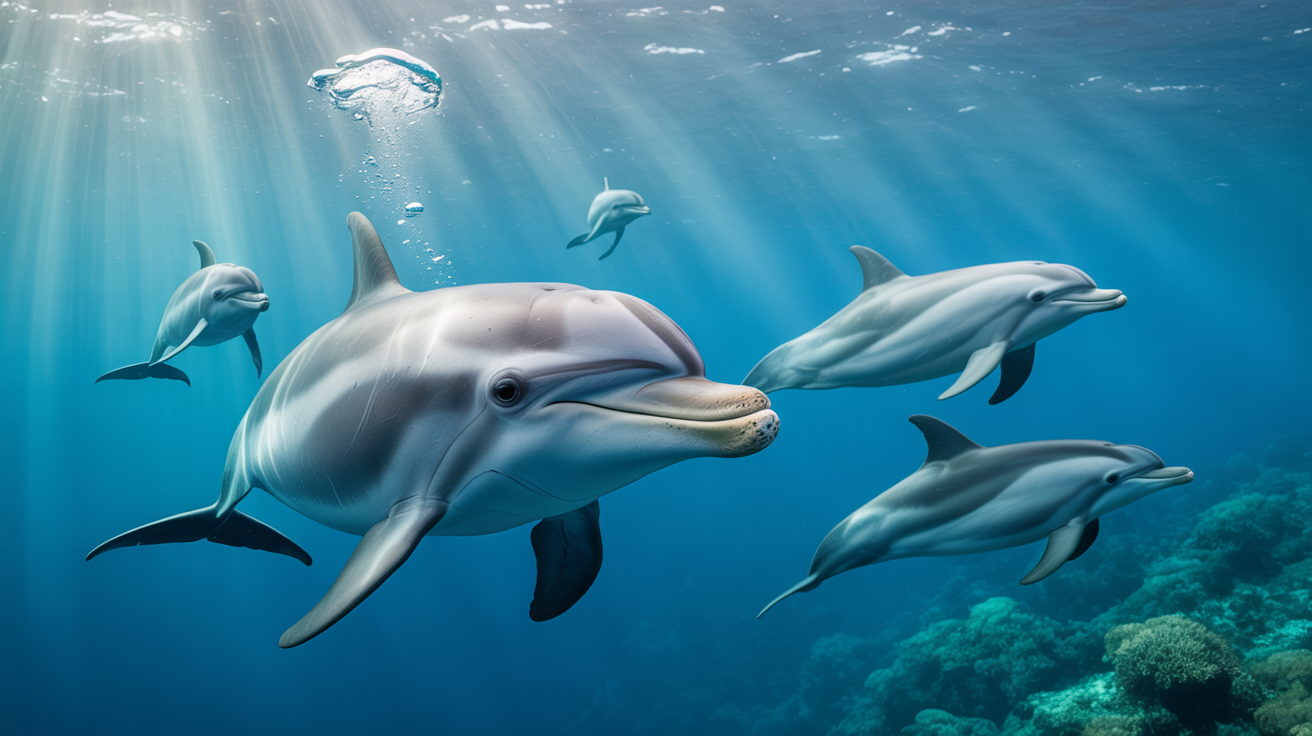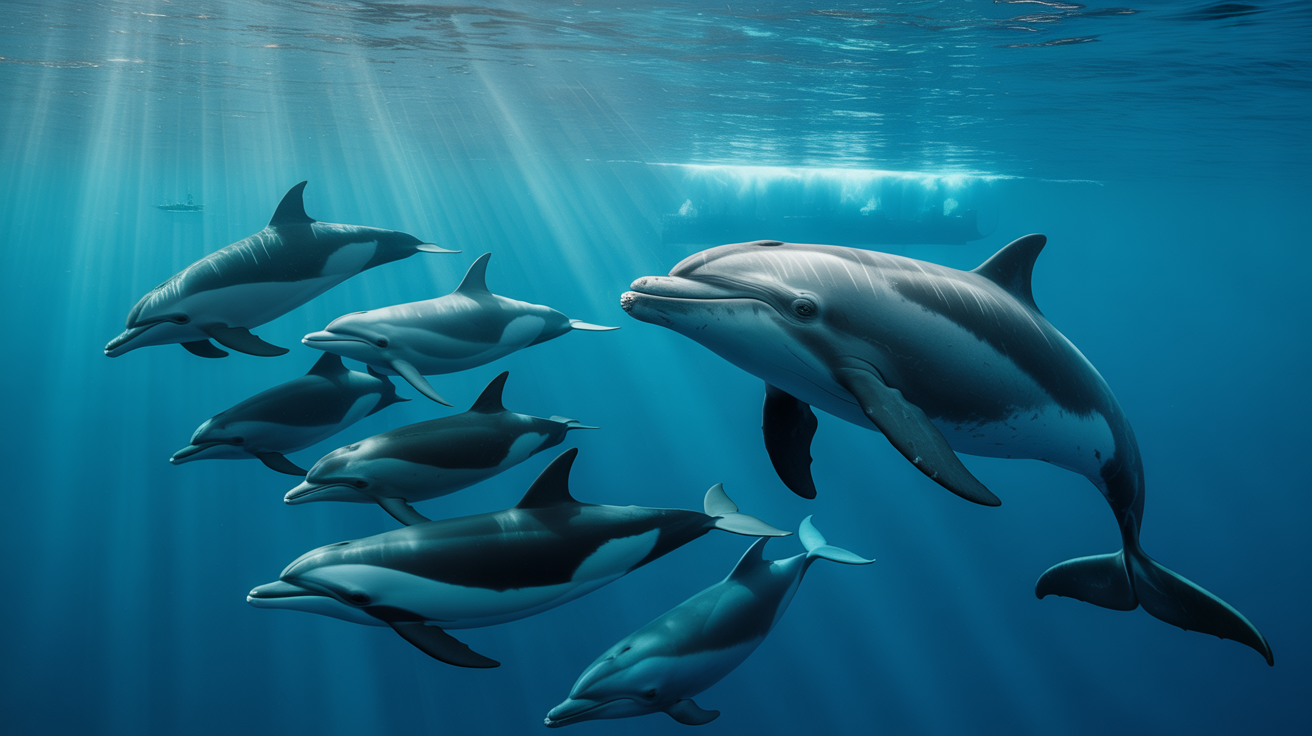Dolphins' Echolocation: The Sea's Sophisticated Language
Dolphins have long fascinated humans with their intelligence, agility, and playful behavior. But beneath the surface, their most extraordinary trait may be one that’s invisible to the naked eye: echolocation. This biological sonar system allows dolphins to "see" with sound, granting them a sixth sense for navigating the ocean's mysterious depths, hunting prey, and even communicating with one another.
What Is Echolocation?
Echolocation is the process of emitting sound waves and listening for their echoes to determine the location, distance, and size of objects in the environment. While bats are famous for this skill in the air, dolphins have mastered it underwater, where visibility can be limited by darkness or murky conditions.
Some dolphin species can detect objects as small as a golf ball from over 70 meters (230 feet) away using echolocation!
How Dolphins Echolocate
Dolphins produce a series of high-frequency clicks using specialized structures in their nasal passages, just below the blowhole. These sounds travel through the water and bounce off objects, returning as echoes. Dolphins receive these echoes through their lower jaw, which acts as an acoustic window, channeling sound to their inner ear and ultimately to their brain for processing.
- Clicks: Short, rapid pulses used for echolocation.
- Whistles: Tonal sounds primarily for social communication.
- Burst-Pulsed Sounds: Complex sounds for both communication and navigation.
The dolphin’s melon—a fatty, rounded organ on their forehead—focuses and directs these clicks, much like a lens focuses light. By altering the shape of the melon, dolphins can change the direction of their sound beams with remarkable precision.
The Science Behind the Sound
Dolphin echolocation operates at frequencies ranging from 40 kHz to well over 100 kHz, far beyond the range of human hearing. This high-frequency sound provides a detailed acoustic "picture" of their surroundings. Dolphins can interpret the size, shape, speed, and even the internal structure of objects, distinguishing between fish species or detecting hidden prey under sand.
Research has shown dolphins may even be able to recognize individual humans by their unique echoes underwater!
Communication: A Language of Clicks and Whistles
While echolocation is primarily used for navigation and hunting, dolphins also use sound to communicate. Each dolphin has a unique signature whistle, functioning almost like a name. These whistles help maintain group cohesion and play a key role in dolphin social life.
Some scientists believe that dolphins can share information about food sources, dangers, and even coordinate group hunting through a sophisticated combination of clicks, whistles, and body language—a true language of the sea.
Ecological Importance and Conservation
Echolocation gives dolphins a crucial advantage in their habitats, from coastal shallows to the deepest ocean canyons. By maintaining healthy populations of dolphins, we help preserve balanced marine ecosystems, as dolphins often serve as top predators that regulate fish populations.
Unfortunately, human activities threaten dolphin echolocation. Noise pollution from ships, sonar, and underwater construction can interfere with their ability to communicate and hunt. Some dolphins become disoriented or strand themselves in areas with high levels of underwater noise.
- Marine Protected Areas: Designating quiet zones helps safeguard dolphin habitats.
- Regulating Sonar Use: Limiting military and commercial sonar reduces the risk of interference.
- Supporting Conservation Efforts: Joining organizations dedicated to marine mammal protection.
Fascinating Facts About Dolphin Echolocation
- Dolphins can distinguish between objects made of different materials, such as metal versus plastic, using only echolocation.
- Calves learn to echolocate by mimicking adults, mastering this skill within their first few months.
- Some dolphins use echolocation to hunt cooperatively, corralling fish into tight groups for easy capture.
Conclusion
Dolphins’ echolocation abilities are a testament to the wonders of evolution and adaptation. By understanding and protecting these remarkable creatures, we ensure that the ocean’s sophisticated language continues to echo through the seas for generations to come.




